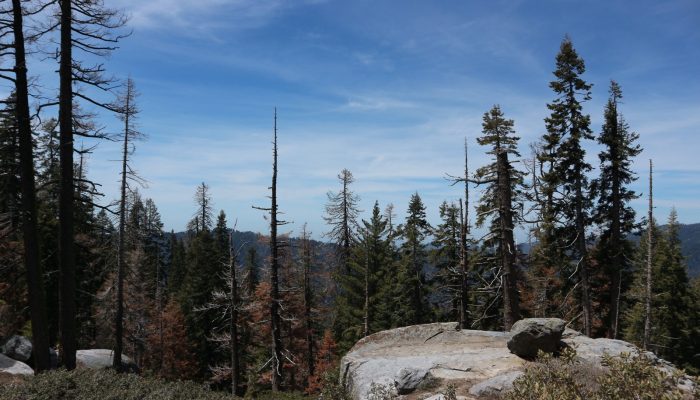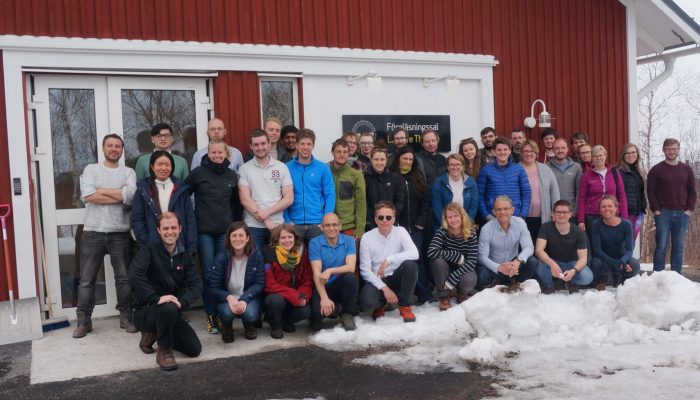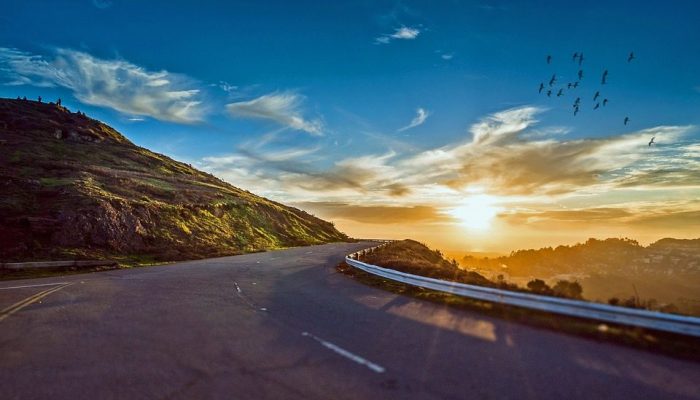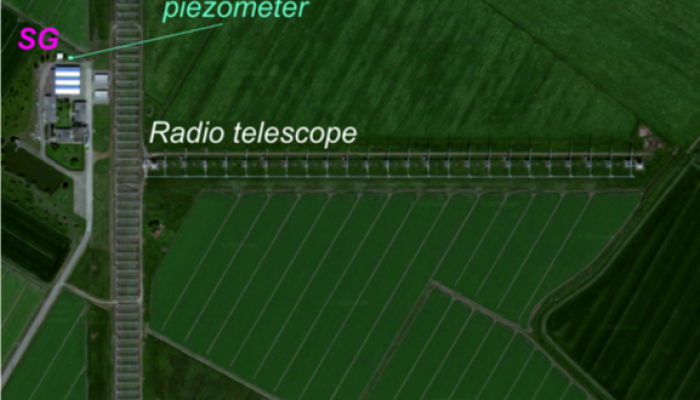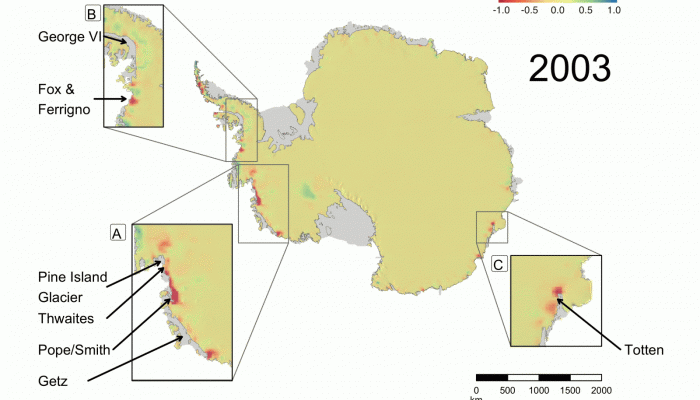We’ve all attended conferences with those dreaded 15-minute talks and we have no problem picking out which talks were amazing and which talks were abysmal. However, when it comes to our own talks, it’s hard to judge them, find out how they can be improved or break away from long-established habits (such as our layout or talking pace). This week, Matthew Herman, postdoc at the Tectonoph ...[Read More]
Climate: Past, Present & Future
Levoglucosan, the witness of past fires
Name of proxy Levoglucosan Type of record Biomass burning Paleoenvironment Lake and marine sediments and ice cores Period of time investigated Present to approximately 130,000 years ago How does it work? Levoglucosan is a molecule that is exclusively formed during the combustion of vegetation at low-temperature. It is therefore considered to be a source-specific tracer for biomass burning. During ...[Read More]
Natural Hazards
Fantastic grants and where to find them, part 1.
At some point in your career, usually, sooner than later, you will need to write a grant proposal to ensure yourself a paid research position. Funding agencies are out there waiting to receive your great and original ideas and possibly grant you some money to transform these ideas into actual science. One can spend an entire day just researching on the internet the best funding scheme. To h ...[Read More]
Cryospheric Sciences
Image of the Week – Polar Prediction School 2018
Early career scientists studying polar climate are one lucky group! The 29 young scientists who took part in the 10 day Polar Prediction School this year were no exception. They travelled to Arctic Sweden to learn and discuss the challenges of polar prediction and to gain a better understanding of the physical aspects of polar research. The Year of Polar Prediction The Year of Polar Prediction (YO ...[Read More]
Geodesy
Have a colleague who does outstanding work? – Nominate them for an EGU Award or Medal!
Congratulations again to Sara Bruni for receiving the Geodesy Division Outstanding Early Career Scientist Award 2018! A summary of her research on new findings in the gravity field time series from Medicina is posted below. Maybe you know an Early Career Scientist who does as outstanding work as Sara Bruni does? Nomination is the first crucial step in order to receive an award, don’t let this oppo ...[Read More]
Tectonics and Structural Geology
Mind Your Head #1: Let’s talk about mental health in academia
Mind Your Head is a blog series dedicated towards addressing mental health in the academic environment and highlighting solutions relieving stress in daily academic life. Research has shown that almost 50% of people working in academia suffer from mental health issues (e.g. Winefield et al. 2003; The Graduate Assembly at the University of California Berkeley 2015; Levecque et al. 2017). Factors li ...[Read More]
Stratigraphy, Sedimentology and Palaeontology
EGU’s lost strata… what happens to conference carpets?
Being a stratigrapher or not, there’s one stratum you have all trod upon if you ever went to the General Assembly (GA), without probably noticing it. The uppermost unit of EGU’s GA floor, a ca. 5 mm thick layer with a soft rubbery texture and peculiar light-grey colour, outcropping over the whole poster halls: Carpet! Yes, the focus of this post is the carpet draping the GA’s floor wit ...[Read More]
Geodesy
Gravity time series still reveal new insights
View of the Medicina observatory. The site hosts a superconducting gravimeter (SG) installed in a dedicated building next to a piezometer. Local height variations are monitored by means of two GPS stations, located at the end of the N-S segment of the “North Cross” radio telescope. The two GPS stations are about 30 m apart and are close to a VLBI antenna. ...[Read More]
Cryospheric Sciences
Image of the Week – Antarctica: A decade of dynamic change
Whilst we tend to think of the ice flow in Antarctica as a very slow and steady process, the wonders of satellites have shown over the last two decades it is one of the most dynamic places on Earth! This image of the week maps this dynamical change using all the satellite tools at a scientist’s disposal with novel statistical methods to work out why the change has recently been so rapid. Why do ...[Read More]
Geodynamics
Postcard from Tokyo: JpGU2018 conference
Konichiwa from Tokyo and JpGU2018! This week, 20-24 May, the Japanese Geoscience Union (JpGU) is holding its annual union meeting just outside of Tokyo, in Chiba (about 40 minutes by metro). I am fortunate enough to be on a research visit to the Earth-Life Science Institute (ELSI) at Tokyo Tech over on the other side of the city and so attending JpGU was a bonus. It is my first time in attendance ...[Read More]


